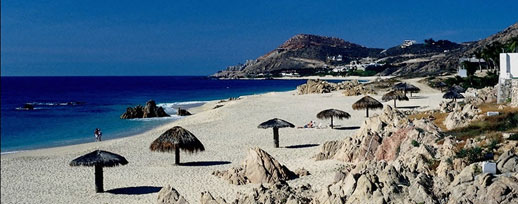
TO BE
PRESENT SIMPLE navigando.webnode.it
|
I’m You are He/she/it is We are You are They are |
I’m You’re He/she/it’ s We’re You’re They’re |
I’m not You aren’t He/she/it isn’t We aren’t You aren’t They aren’t |
Am I? Are you? Is he/she/it? Are we? Are you? Are they? |
- In inglese non si risponde mai con un semplice sì o un no, ma si usa la risposta breve, formata da:
YES, + PRONOME SOGGETTO + AM/ARE/IS
NO, + PRONOME SOGGETTO + AM/ARE/IS + NOT
Inoltre non si usano mai le forme contratte.
ARE YOU READY?
YES, I AM! - NO, I AM NOT!
- In inglese si usa il verbo TO BE per parlare di:
DATE -> It’s the 13th of October.
PER PARLARE DI ETA’ -> He’s four years old.
PER LE OCCUPAZIONI -> He’s a teacher.
PER INDICARE IL LUOGO IN CUI SI TROVA QUALCOSA O QUALCUNO -> He’s in the garden.
PER DESCRIVERE IL TEMPO -> It’s cold.
PAST SIMPLE navigando.webnode.it
- Il past simple si usa per parlare di un’azione conclusa in un periodo di tempo definito. E’ quindi spesso accompagnato da espressioni di tempo passato, quali:
yesterday - last night - five years ago - last week - last weekend - last sunday - an hour ago - in april - in 1970 - last year - this morning - yesterday afternoon.
- Il past simple corrisponde al nostro imperfetto, al passato remoto, al passato prossimo.
I was You were He/She/It was We were You were They were I was not You weren’t He/She/It wasn’t We weren’t You weren’t They weren’t Was I? Were you? Was He/She/It? Were we? Were you? Were they?
Risposte brevi:
- Yes, I was …
- No, I wasn’t
In inglese si usa il passato del verbo essere (was,were) + BORN per parlare del verbo nascere.
I WAS BORN IN 1970
CON IL VERBO ESSERE SI USANO LE PREPOSIZIONI DI LUOGO AT O IN
Si usa AT:
- per luoghi circoscritti
- istituzionali
- in riferimento all’istituzione (He’s at university = Fa l’università)
- AT HOME - AT SCHOOL - AT UNIVERSITY - AT WORK - AT CURCH
Si usa AT THE:
- se si considerare l’edificio
- AT THE SHOP - AT THE CINEMA - AT THE AIRPORT - AT THE DISCO - AT THE MARKET - AT THE THEATRE - AT THE BEACH - AT THE PARTY
- AT THE SWIMMING POOL
Si usa IN (THE):
- per indicare la posizione in uno spazio tridimensionale
- quando ci si trova in una città o in grandi aree
- IN BED - IN TOWN - IN YORK - IN CREMONA - IN THE CENTRE - IN THE CAR - IN THE LIVING ROOM